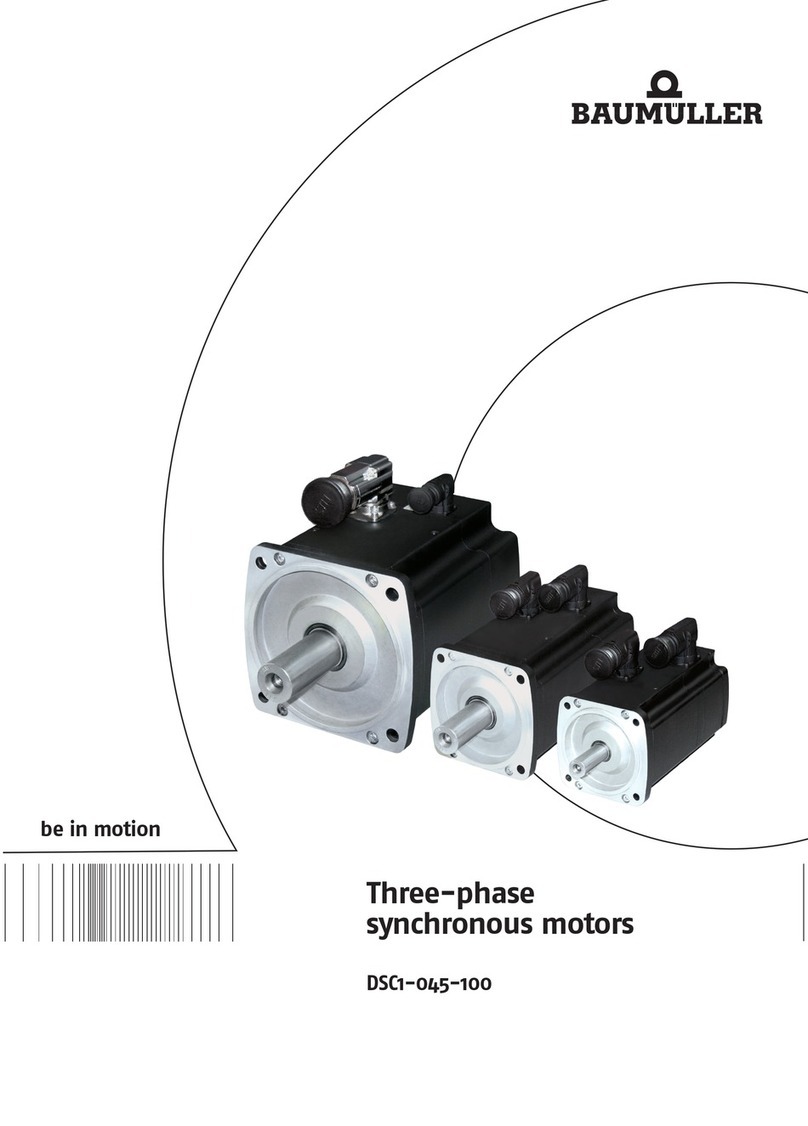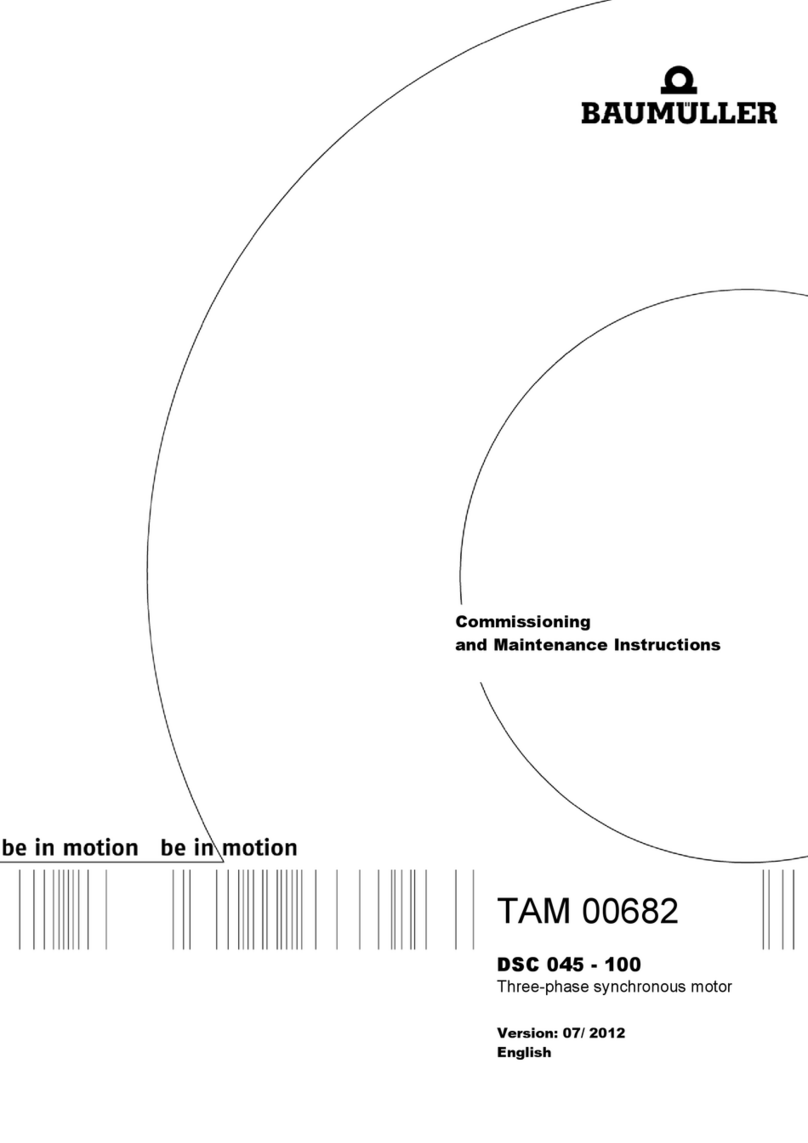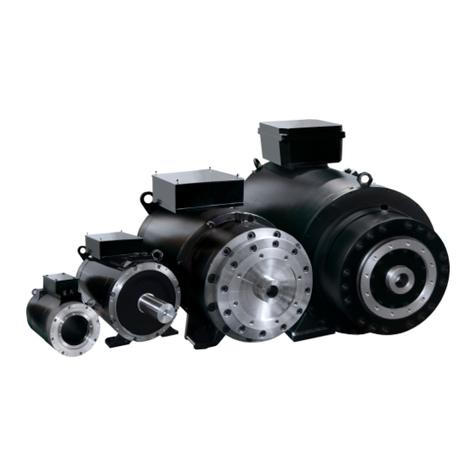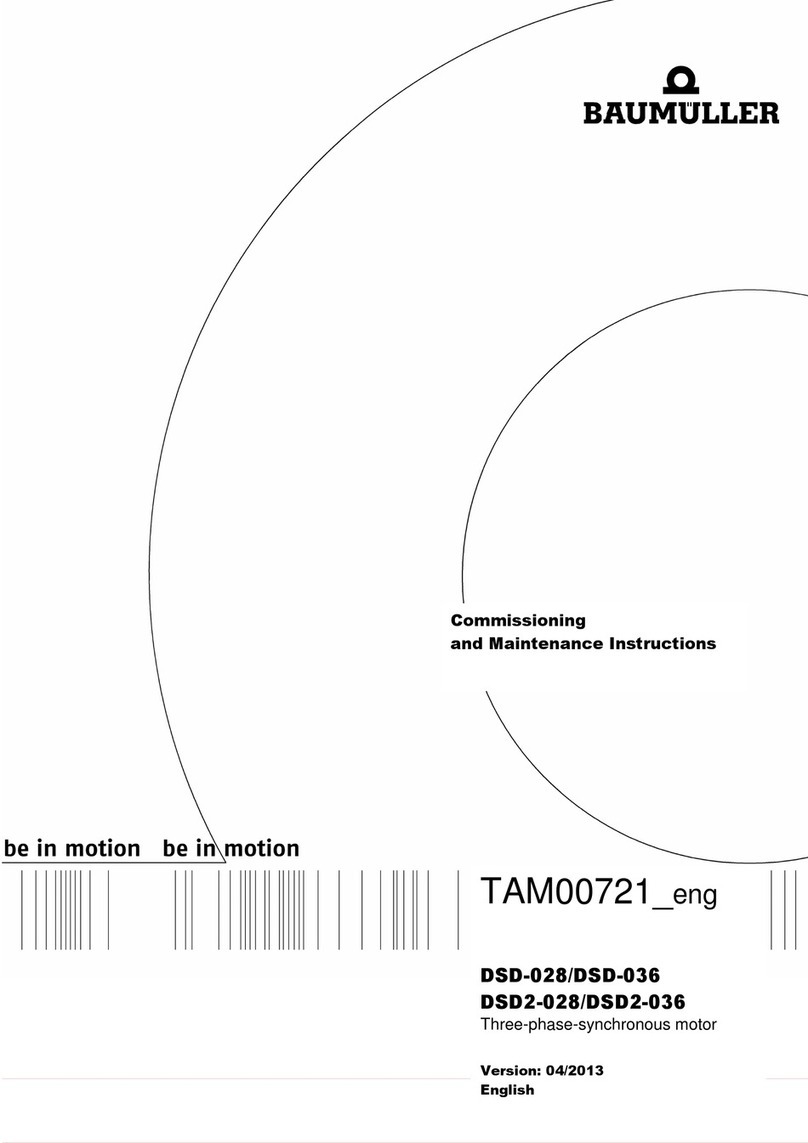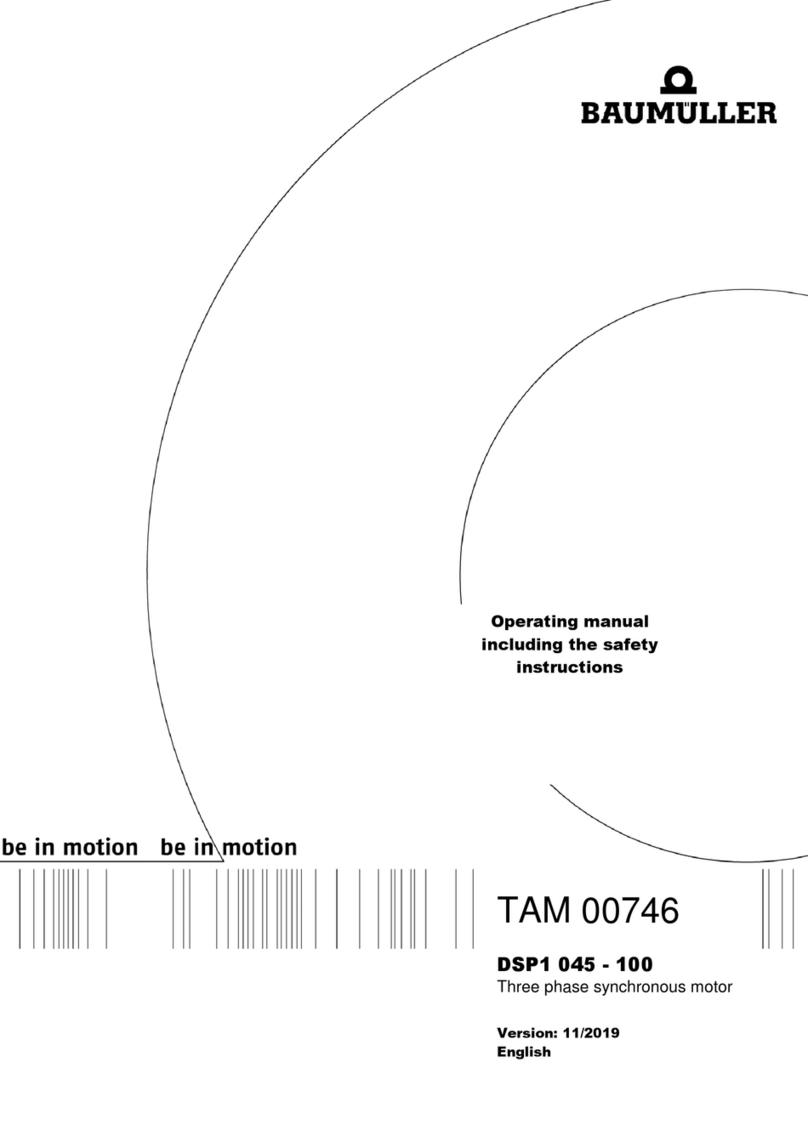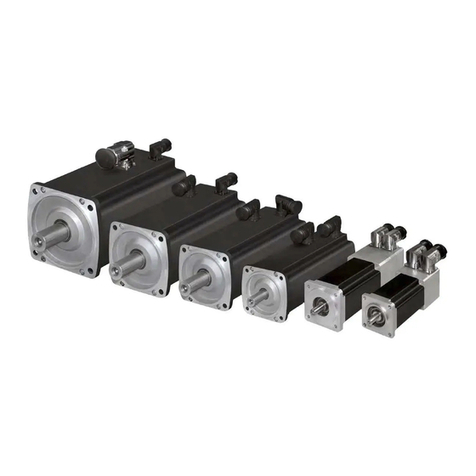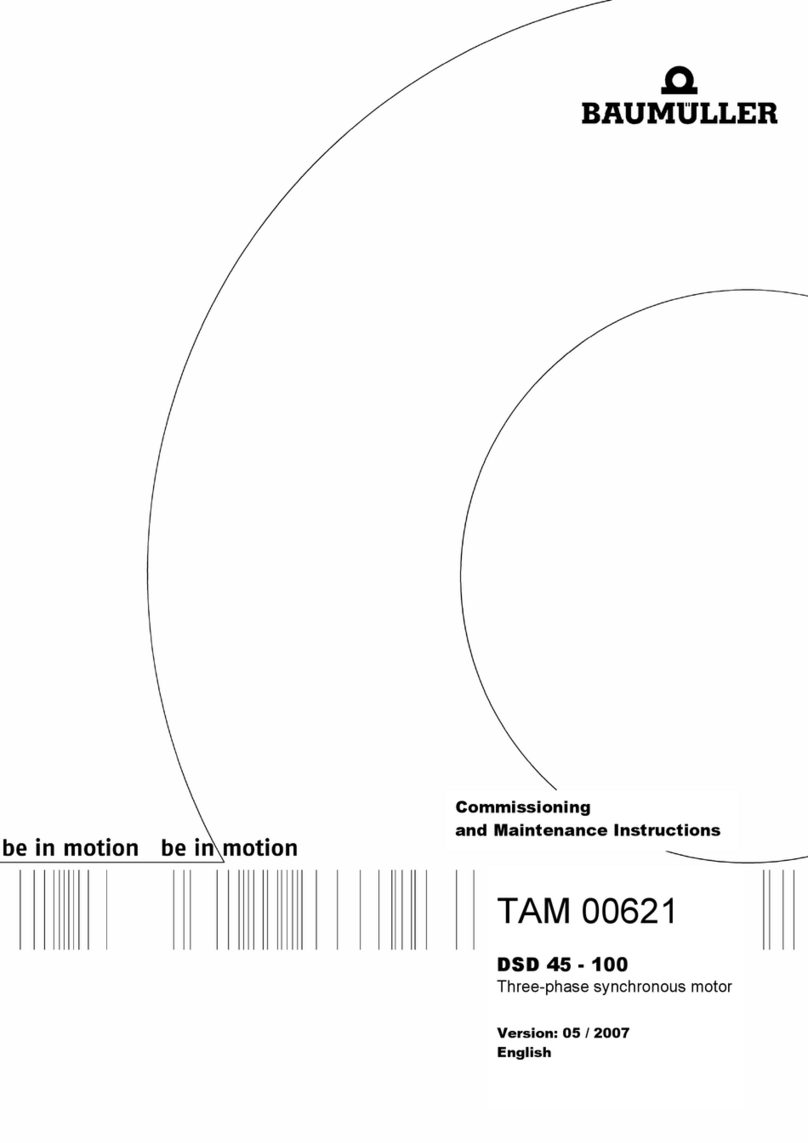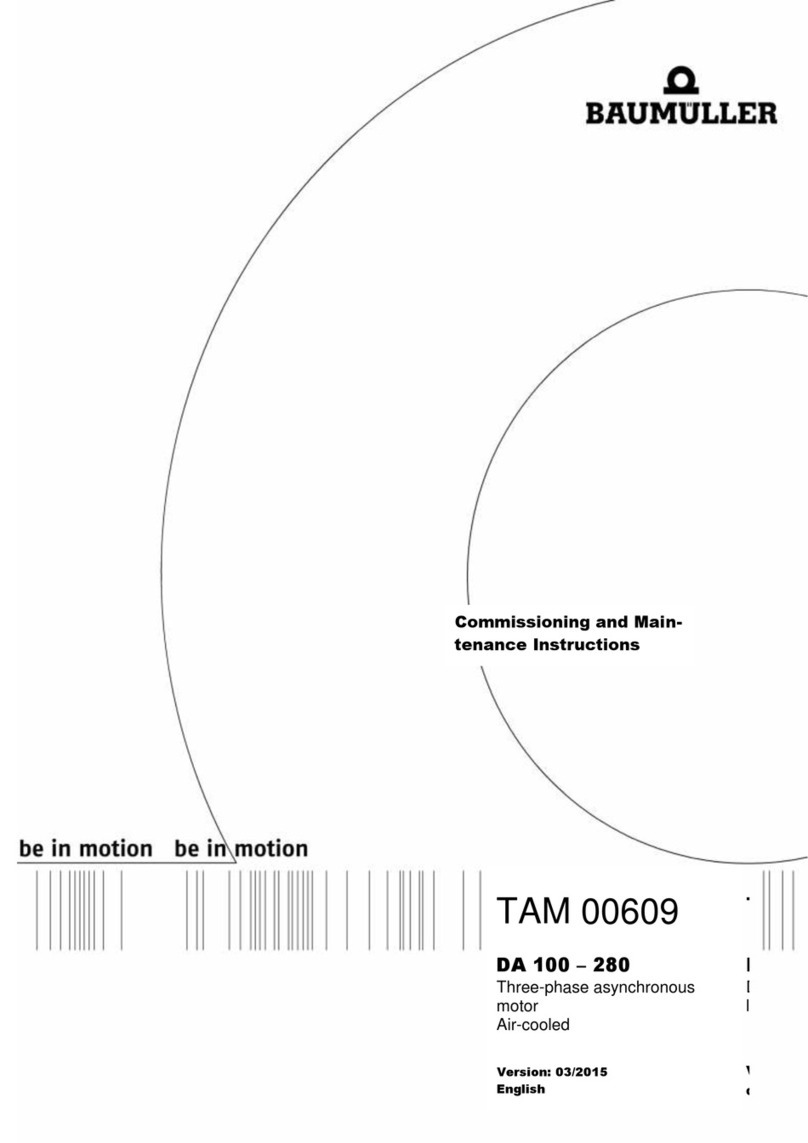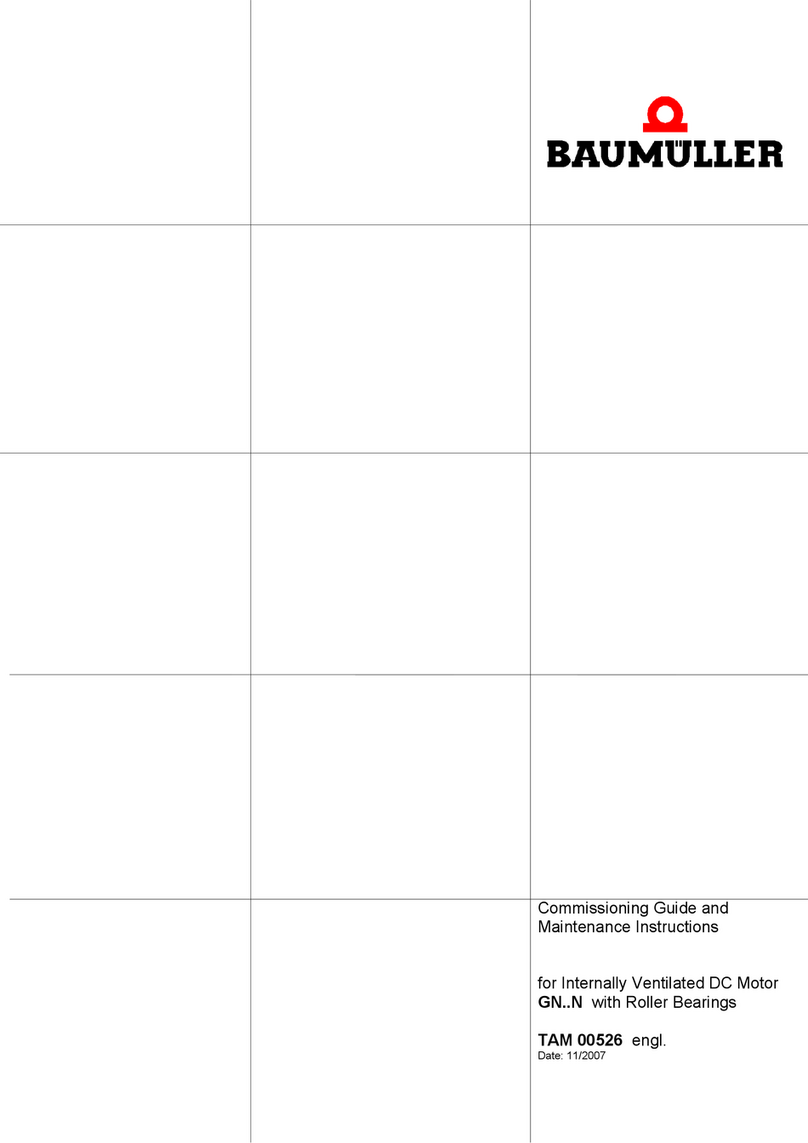
TAM 00624 5
DS 100 – 200 03 / 2005
Three-phase synchronous motor, air-cooled English
1.2 Designated use
The electric motor must only be used for its designated purpose. In this context, the electric motor
must only be used for the applications described in this technical documentation under strict
observance of all the notes in these Commissioning and Maintenance Instructions.
All assembly, commissioning, maintenance and operating tasks must be carried out by qualified
personnel only.
Within the context of these safety instructions, qualified personnel refers to persons who are
trained and authorized in the specialized area, who are authorized to set up, assemble,
commission and operate devices, systems and circuits under application of the applicable safety
standards (in accordance with IEC 364 / DIN VDE 0105).
Inappropriate action can cause serious damage to persons and property.
The electric motor is designed for use in industrial applications and is subject to the
following standards and directives:
Standards
EN 60034-1, EN 60034-5, EN 60034-6, EN 60034-7, EN 60034-9, EN 60204-1
Low Voltage Directive 73/23/EEC
The electric motors in this series fully comply with the requirements of the Low Voltage
Directive 73/23/EWG (Conformity).
Machinery Directive 98/37/EC
Electric motors and components for installation in machines in the sense of the Machinery
Directive. Commissioning is not permitted until such time as the conformity of the finished
product with this directive has been established (refer to EN 60204-1 “Electrical Equipment of
Machines”).
EMC Directive 89/336/EEC
The operation of the electric motor for its designated use must comply with the protective
requirements laid down in the EMC Directive 89/336/EEC. The person setting up the system is
responsible for the correct installation (e.g. spatial isolation of signal lines and power cables,
screened lines and cables etc.). In the case of systems with converters, the EMC notes of the
manufacturer of the converter must also be observed.
All national, local and system-specific regulations must also be observed!
The electric motor is designed for the following ambient conditions:
• Ambient temperature: 0 °C to +40 °C
• Installation height: ≤1,000 m a.m.s.l.
• Relative humidity: 10 % to 80 %
Condensation water must not be allowed to accumulate.
Please take note of any deviating details specified on the nameplate or in the technical
documentation. The conditions at the place of utilization must correspond to the details on the
rating plate.
Utilization in hazardous areas is prohibited, unless the unit is expressedly designed
for this purpose (refer to additional notes). Furthermore, the area surrounding the
electric motor must be free of inflammable gas mixtures and concentrations of dust.
Live and hot motor parts are inflammable and may cause serious injury and damage
to property.
If, in special cases, greater requirements are placed – for utilization in non-industrial
applications – (e.g. protection against contact with a child’s fingers), these conditions
must be by the customer met when installing the system.
